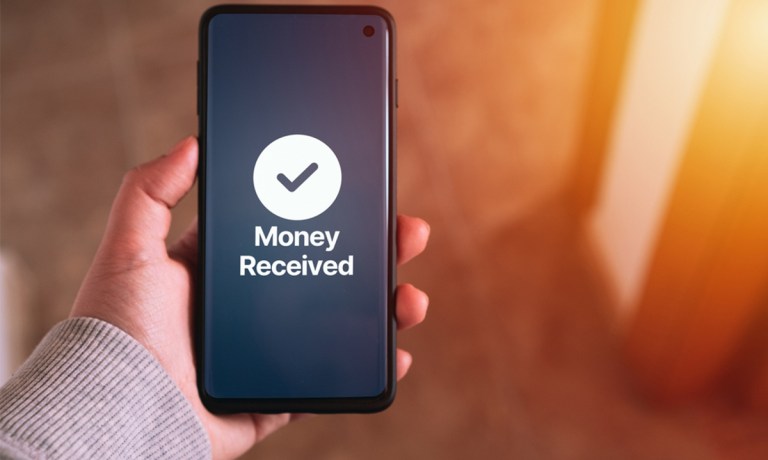Now, imagine two scenarios: one where you get to choose how that money lands in your account; and another where you’re stuck with whatever method the company prefers.
Which version makes you feel more in control?
According to the PYMNTS Intelligence’s report “The State of Digital Disbursements: Why Consumers Prefer Instant Payments,” a collaboration with Ingo Payments, the element of control — consumer choice — isn’t just a user experience perk. It’s a strategic multiplier.
When people are given the power to decide how they get paid, the report found that they’re three times more likely to choose instant payments. This isn’t a theory. It’s backed by data from over 42,000 U.S. consumers collected between 2018 and 2025.
Welcome to the instant tipping point. At a time when speed, personalization and security define the modern digital experience, the ability to select instant payment methods is critical.
Choice Makes Instant Payments Stick
The ways businesses deliver instant payments — think push-to-debit, digital wallets and Zelle — and how consumers react to those options are evolving fast.
Back in 2018, only 11% of consumers reported using instant methods most often for disbursements. Fast forward to January 2025, and that figure more than tripled to 41%. Perhaps more impressive is that 90% of consumers said they would prefer to receive money instantly if given the choice.
But preference alone doesn’t drive adoption — access does. Without choice, consumers default to slower, legacy methods like checks or ACH bank transfers. With it, they lean into speed.
When offered the option, consumers pick instant payments 70% of the time. Without it? Usage drops to nearly zero.
In other words, offering choice doesn’t just boost convenience. It helps unlock structural transformation. For businesses looking to stay relevant, understanding who demands instant is just as important as knowing why.
The most eager adopters are consumers who receive frequent or high-value disbursements. Among those who received 25 or more payouts last year, 97% preferred instant methods.
The audiences redefining the future of money movement are gig workers, freelancers, digital borrowers and insurance claimants. And they don’t want to wait.
Among consumers who had a choice and chose instant, 94% reported being highly satisfied with their disbursement experience. Compare that to 80% for those who had no choice and didn’t use instant, and the difference becomes a loyalty chasm.
It’s a lesson in behavioral economics. Giving users agency makes them happier — even if the product stays the same. Choice isn’t a side benefit. It’s an experience upgrade.
Among the various rails powering instant transactions, push-to-debit has emerged as a leader.
Used to route money directly to a consumer’s debit card account, push-to-debit combines speed with security. Consumers don’t need to expose sensitive account numbers, and the money hits their account in seconds.
Nearly 9 in 10 consumers who favor this method also said they prefer to get paid instantly. That’s a higher correlation than for Zelle (87%) or digital wallets (88%), although wallets earn the highest “willingness to pay” rating, as 46% of their users would pay a fee for faster access.
As consumers grow more data-conscious, methods like push-to-debit benefit from the “alias effect” — a privacy-first design that keeps bank details behind the curtain.

